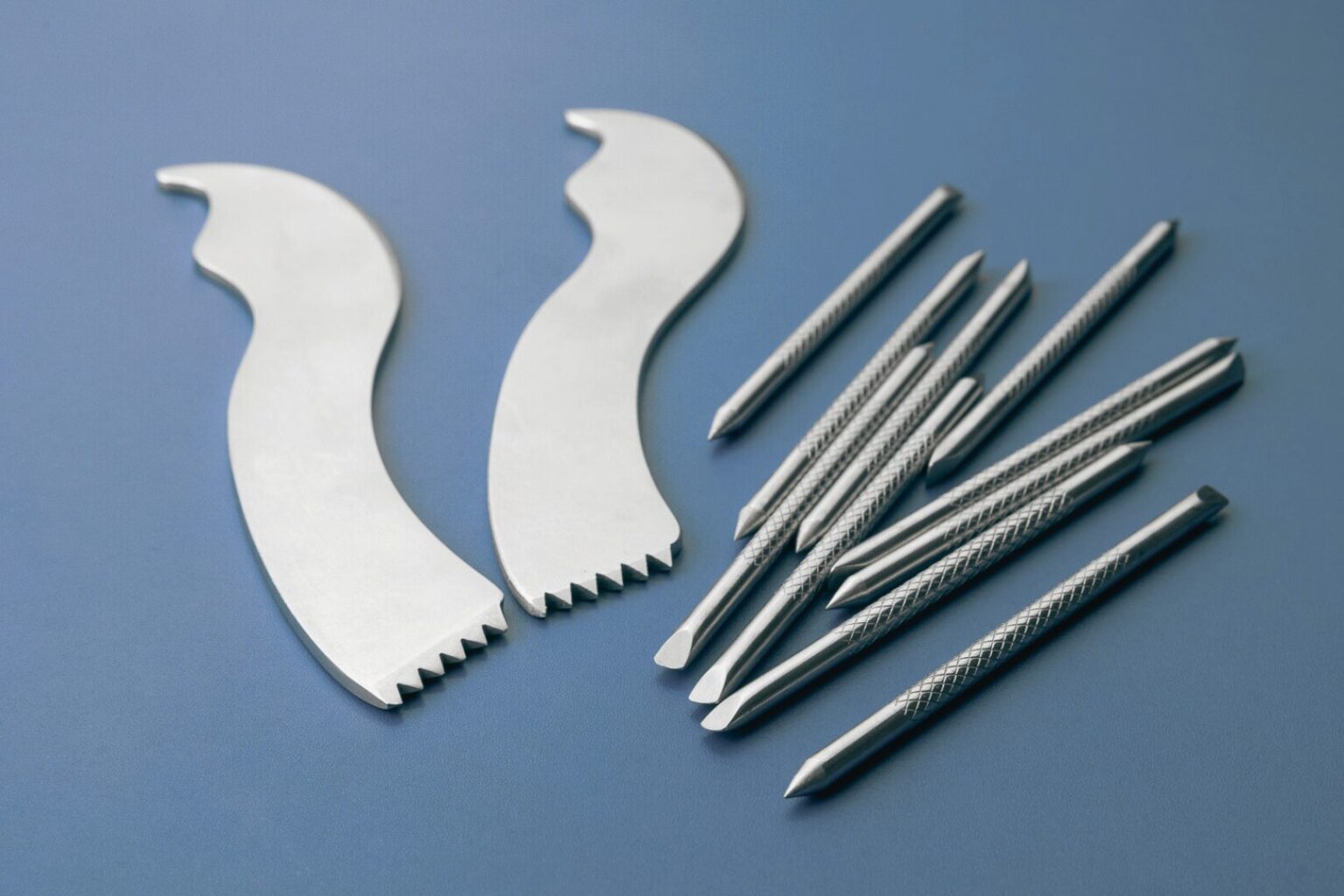In many cases, doctors, physiotherapists, therapists, osteopaths, acupuncturists and all kinds of specialists try to figure out why the patient has a headache, why a person gets dizzy. The answer comes in part from anatomy, specifically the venous system of our brain, or how it is that our central nervous system copes well with the outflow of blood from our head.
Let's start with the anatomical properties and physiology of our brain. The brain, or brain in general, despite its small size (it is about 2% of the body weight of the whole organism), has a very well-constructed circulatory system that regulates the needs of the entire organ, changing in physiological conditions throughout human life.
The total capacity of the vascular system is estimated at about 100 ml of capacity, with the largest amount of capillaries accounting for about 45% of the total, veins accounting for about 50%, and arteries only 5% of the volume of all vessels. Consequently, anatomists divide the circulatory system in the brain into two subtypes: The first is the resistance vessels, which are distinguished by the "muscular" structure of the vessel wall, the second is the capacitive vessel. They include veins and capillary arteries.
Such a division of the above-mentioned structures facilitates identification and classification
structures to the functions they perform in the vascular system of the brain.
What follows from the above introduction? Namely, that differences in the density of vascular distribution have been observed in the brain of many mammals. This applies to venous vascularity. Namely, it was observed that there are significant differences in vascular density between cortical and subcortical structures. Among the cortical areas, areas of the neocortex are usually more densely vascularized than the phylogenetically older areas (belonging to the former cortex).
It is assumed that areas of the brain with higher metabolic demand and greater synaptic sensitivity are also characterized by greater vascular density. Therefore, it can be logically concluded that places with a lower density of venous distribution are more sensitive and prone to ischemia.
How it was all built up and merged into one?
Starting from the beginning, in many cases and places, our body develops both superficial and deep vessels in the case of vessels, but this is not the essence of this subsection. There are many differences in blood circulation between the arteries and veins in the brain, which affects the physiology of this process. Paying attention to the number of branches and the volume of the areas they supply, it can be concluded that the arterial system of the superficial vessels and the venous system of the deep branches play the main role in blood circulation in the cerebral hemisphere.
Superficial arterial branches penetrate much deeper into the subcortical white matter than superficial venous branches. The difference in the number and distribution of branches in both vascular systems is associated with different blood flow rates through the vessels of the superficial and deep hemispheres of the brain.
In the venous system of the brain, we distinguish a very large number of superficial anastomoses, the so-called cortical anastomoses, but an even larger group. (Referring to arterial connections) are connections between deep veins and connections between deep and superficial veins. Okay, here we have a very difficult formula, what does it really mean and what does it give our body?
From the beginning, as I wrote above, the venous system in the brain was called the system of capacitive vessels, from where this name is due to the structure, as arteries have a thin muscular wall, they can hold a larger amount of blood than arterial vessels. In addition, the valves in the veins are located much less frequently than in the same vessels in other parts of the body. What does it mean? It means that thanks to such structure of these vessels in connection with numerous anastomoses, it is possible to quickly change the direction of blood flow.
And with that news, I leave you in suspense until next week's episode. We will try to get through all these cables and wires to be able to find ourselves in it more.
Source: Structure and functions of the venous system in the central nervous system
[P.Kowiański, G.Litzau, J.Moryś]

Andrzej Pastwa
I am a physiotherapist, academic lecturer and future acupuncturist, as well as an assistant during courses of Manual Medicine by FRSc. Wraz z twórcą metody zajmuję się badaniem sekcyjnym tkanek, które mają uwiarygodnić i potwierdzić odkrycia Radka Składowskiego. Read more...





